Readers should feel free to use information from this article, however credit must be given to the Willamette Heritage Center and to the author.
By Ella Strom
Etienne Lucier was born in St Edouard, District of Montreal, Canada, in 1793 and died on the French Prairie in Oregon, United States in 1853.
[1] This early pioneer to the Willamette Valley was one of the men who helped to form the early Oregon society and government.
Etienne Lucier joined the Wilson Price Hunt overland contingent of John Jacob Astor’s Pacific Fur Company in 1810.[2][3] After the Pacific Fur Company was dissolved during the War of 1812,[4] he entered the service of the North West Company and, finally, ended up being a brigade leader for the Hudson’s Bay Company.[5] For a short time in 1827, he lived in what would become known as East Portland. He helped several noted pioneers establish themselves in the northern Willamette Valley by building three cabins in Oregon City for Dr. John McLoughlin and a home at Chemaway for Joseph Gervais.[6] Also as early as 1827, Lucier may have had a temporary cabin on a land claim which was adjacent to the Willamette Fur Post in the Champoeg area. However, it is clear that by 1829 Lucier had a permanent cabin near Champoeg.[7] F. X. Matthieu, a man who would be instrumental in determining Oregon’s future as an American colony, arrived on the Willamette in 1842, “ragged, barefoot, and hungry” and Lucier gave him shelter for two years.[8] Matthieu and Lucier were key votes in favor of the organization of the provisional government under American rule in the May 1843 vote at Champoeg. Lucier acquired American citizenship in 1850.[9]
Upon arriving in Oregon, this short, stocky Canadian married a woman from a local Indian tribe. After having three children, his wife died and Lucier married for a second time to another Native American with whom he had another two children.[10] When he settled on French Prairie, in what is today northern Marion County, his farm consisted of about eighty acres, mostly under cultivation, with a one-and-a-half story white-washed, double hewn-log house with a clay fireplace, a frame barn and other farm buildings as well as a wheat warehouse, grist mill, and a peach orchard. At the time of the Oregon Donation Land Law in 1850, Lucier secured a claim on 627.50 acres of good farm land.[11] Apparently, Lucier was a moderately wealthy man. Upon his death, an inventory of his personal goods included “…numerous horses as well as cattle, pigs, hogs, carts and buggies, ploughs, guns, furniture, construction tools, farming implements, boats, a fanning mill, threshing machine, kitchen items, a tent and walking cane.”[12]
One of the most interesting stories concerning Lucier tells how he was instrumental in naming the Pudding River, it is an interesting tale:
About the time the union between the North West Company and the Hudson’s Bay Company was consummated (1821-22),[13] Joseph Gervais and Etienne Lucier, accompanied by their families, as was the custom, were camping on the Hous-u-cha-chuck, which was the Indian name of Pudding River, their camp being near its junction with the Willamette; while there they experienced severe weather accompanied with a snow storm, which confined them to their lodges until compelled to go forth in search of game. The little prairie along Pudding River, where the lower Indian trail crossed the stream, was but a short distance above their camp. Here they came upon a herd of elk, some of which they succeeded in shooting. The Indian women, hearing the firing and suspecting what was going on, started with their knives and vessels to assist their liege lords of the chase. They succeeded in saving the blood, which was soon made into the favorite French dish known as blood pudding, upon which, with their elk meat, they fared sumptuously every day during the continuance of the inclement weather. While this memorable feast was being enjoyed, Gervais and Lucier christened the stream Riviere au Boudin, or Pudding River[14]
Lucier is today remembered as one of Oregon’s first farmers.[15] He is described in history books as one of the “men who set an example of home building and developed a community spirit which helped to pave the way for established government.”[16] “Industrious and saving, and of a kindly heart,”[17] Lucier was described as an “excellent neighbor, and industrious, honest man…a good citizen and valuable member of society.”[18]
[1] Oswald West, “First White Settlers on French Prairie” Oregon Historical Society Quarterly 43, no. 3 (June 1942): 202-203
[2] Judith Sanders Chapman, French Prairie Ceramics: the Harriet D. Munnick Archaeological Collection, Circa 1820-1860: A Catalog and Northwest Comparative Guide (Corvallis, Or.: Dept. of Anthropology, Oregon State University, 1993), 8
[3] Oswald West, “First White Settlers on French Prairie” Oregon Historical Society Quarterly 43, no. 3 (June 1942): 202-203
[4] Herbert O. Lang, History of the Willamette Valley: Being a Description of the Valley and Resources, with an Account of its Discovery and Settlement by White Men, and its Subsequent History; Together with Personal Reminiscences of its Early Pioneers (Portland, Or.: G.H. Himes, 1885)
[5] Oswald West, “First White Settlers on French Prairie” Oregon Historical Society Quarterly 43, no. 3 (June 1942): 202-203
[6] Ibid
[7] Judith Sanders Chapman, French Prairie Ceramics: the Harriet D. Munnick Archaeological Collection, Circa 1820-1860: A Catalog and Northwest Comparative Guide (Corvallis, Or.: Dept. of Anthropology, Oregon State University, 1993), 8
[8] Oswald West, “First White Settlers on French Prairie” Oregon Historical Society Quarterly 43, no. 3 (June 1942): 202-203
[9] Judith Sanders Chapman, French Prairie Ceramics: the Harriet D. Munnick Archaeological Collection, Circa 1820-1860: A Catalog and Northwest Comparative Guide (Corvallis, Or.: Dept. of Anthropology, Oregon State University, 1993), 8
[10] Oswald West, “First White Settlers on French Prairie” Oregon Historical Society Quarterly 43, no. 3 (June 1942): 202-203
[11] Edgar Williams & Co. Historical Atlas Map Marion & Linn Counties, Oregon 1878, (Salem: Marion County Historical Society, 2004 reprint), 43
[12] Judith Sanders Chapman, French Prairie Ceramics: the Harriet D. Munnick Archaeological Collection, Circa 1820-1860: A Catalog and Northwest Comparative Guide (Corvallis, Or.: Dept. of Anthropology, Oregon State University, 1993), 8
[13] Lewis McArthur notes that Rees is accurate regarding the naming of the river, but wrong about the date. The date of the naming of the Pudding River probably occurred in late 1812 or early 1813. The fur trader Alexander Henry records the name Pudding River in his diary on January 23, 1814.
[14] Lewis A. McArthur, “Oregon Geographic Names” Oregon Historical Society Quarterly 28, no. 1 (March 1927): 76-77
[15] Judith Sanders Chapman, French Prairie Ceramics: the Harriet D. Munnick Archaeological Collection, Circa 1820-1860: A Catalog and Northwest Comparative Guide (Corvallis, Or.: Dept. of Anthropology, Oregon State University, 1993), 8
[16] Oswald West, “First White Settlers on French Prairie” Oregon Historical Society Quarterly 43, no. 3 (June 1942): 200
[17] Ibid
[18] Judith Sanders Chapman, French Prairie Ceramics: the Harriet D. Munnick Archaeological Collection, Circa 1820-1860: A Catalog and Northwest Comparative Guide (Corvallis, Or.: Dept. of Anthropology, Oregon State University, 1993), 8



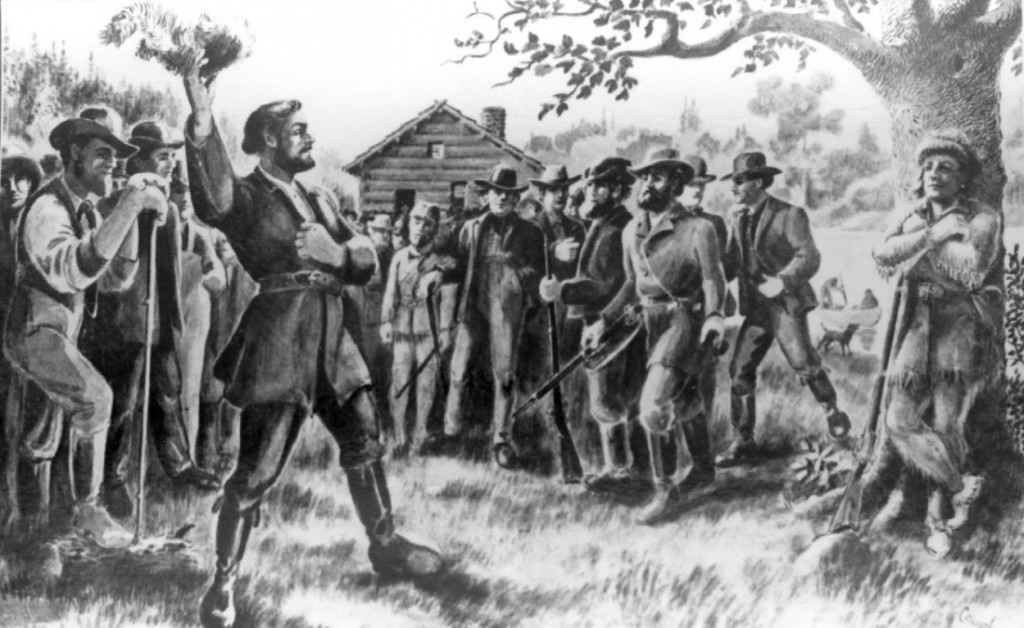
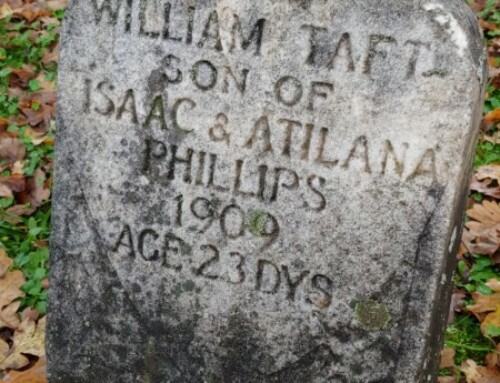
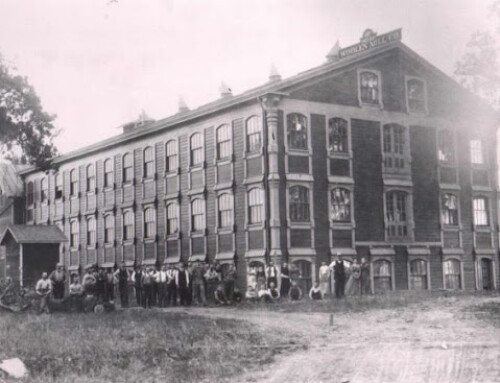
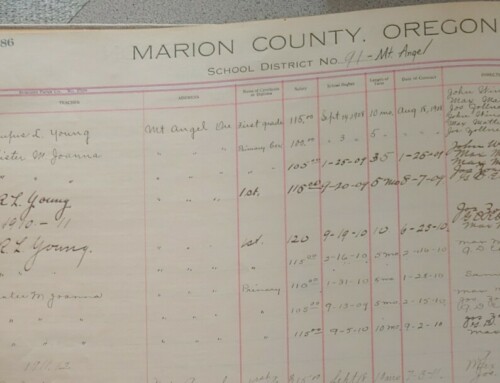
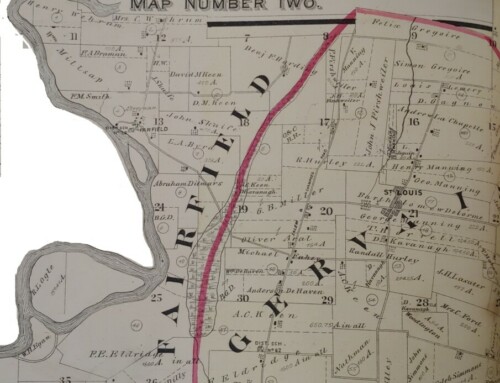
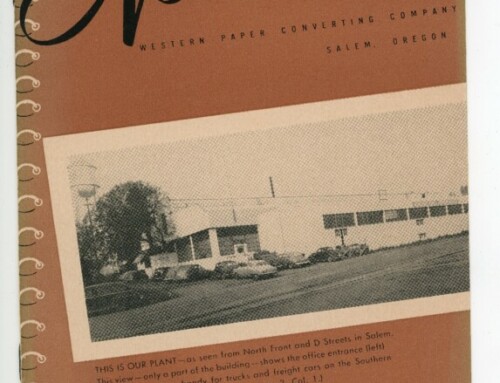
Leave A Comment